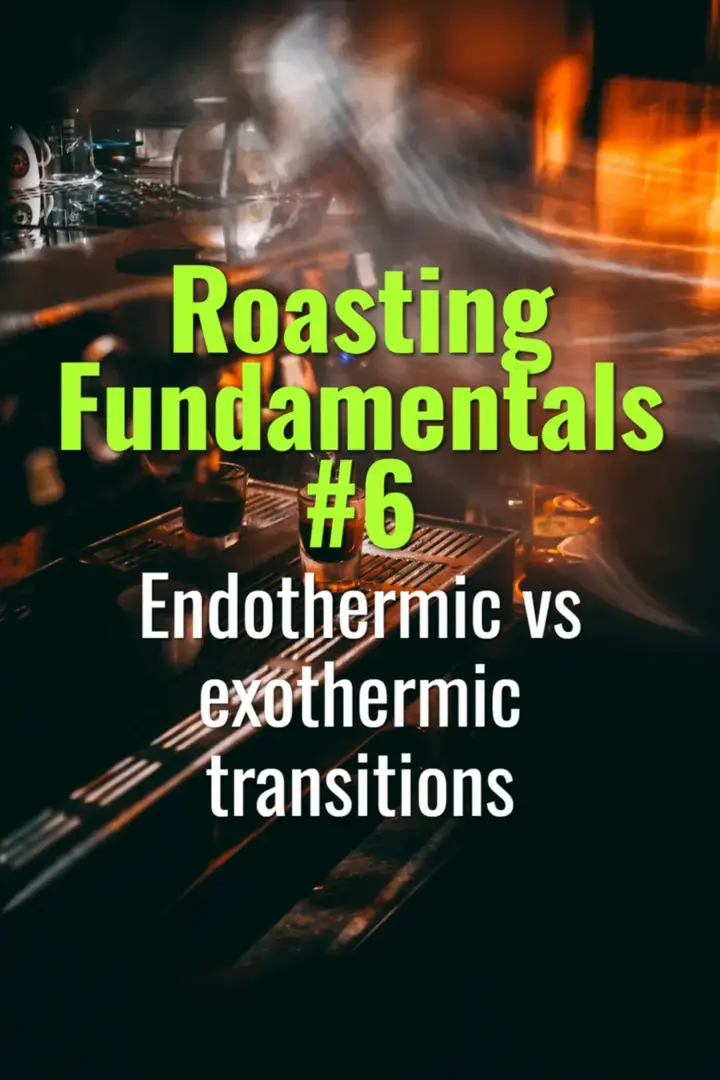
Endothermic vs exothermic transitions
This topic explains the thermal events during coffee roasting, highlighting the difference between endothermic and exothermic reactions, and how these affect roast control and flavor development.

This topic explains the thermal events during coffee roasting, highlighting the difference between endothermic and exothermic reactions, and how these affect roast control and flavor development.
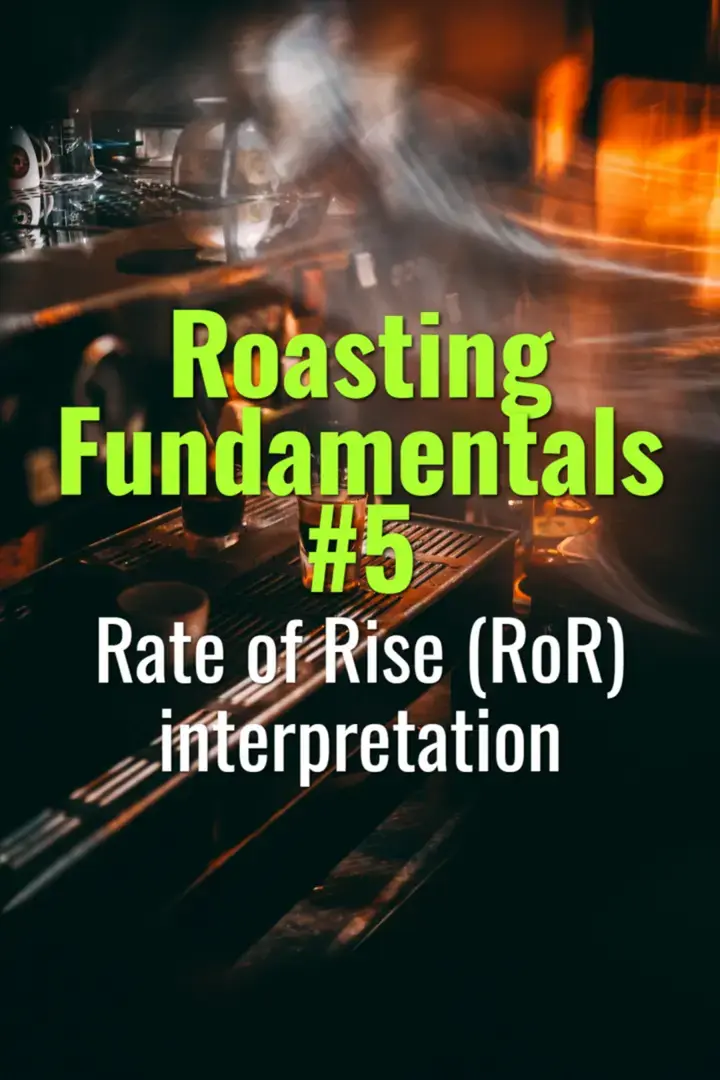
This topic covers how to interpret the Rate of Rise (RoR) during coffee roasting, why it’s crucial for controlling roast development, and how to make real-time adjustments based on RoR trends.
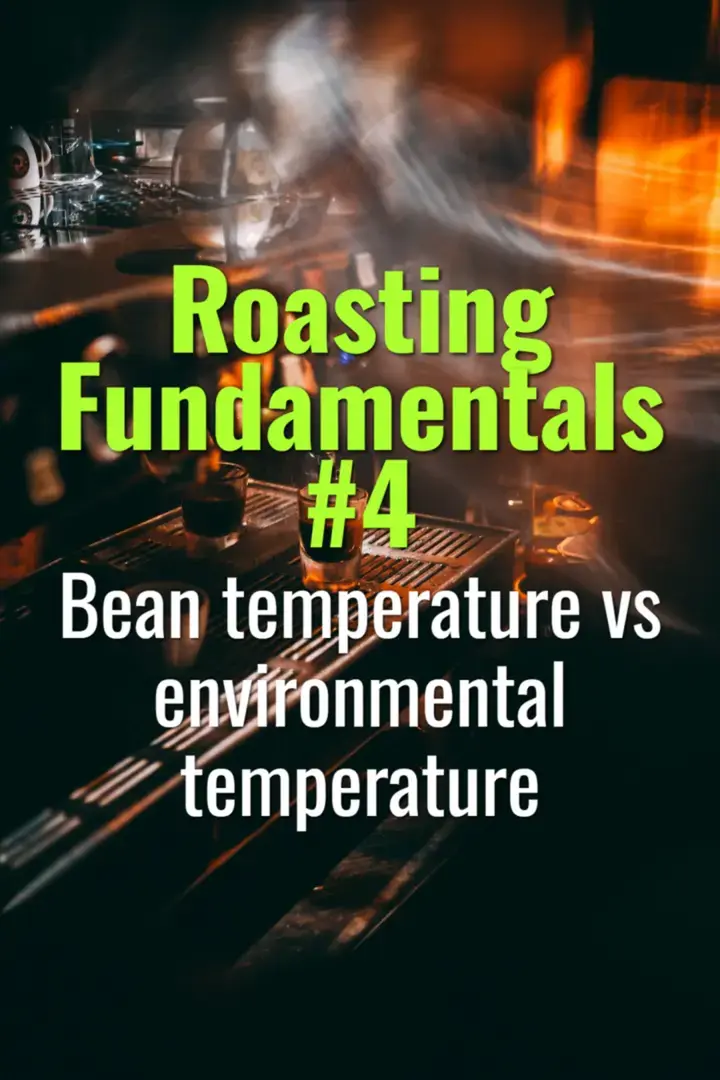
This topic explains the relationship between the bean temperature and the surrounding environment during roasting, how heat transfer affects roast development, and why monitoring both is essential.
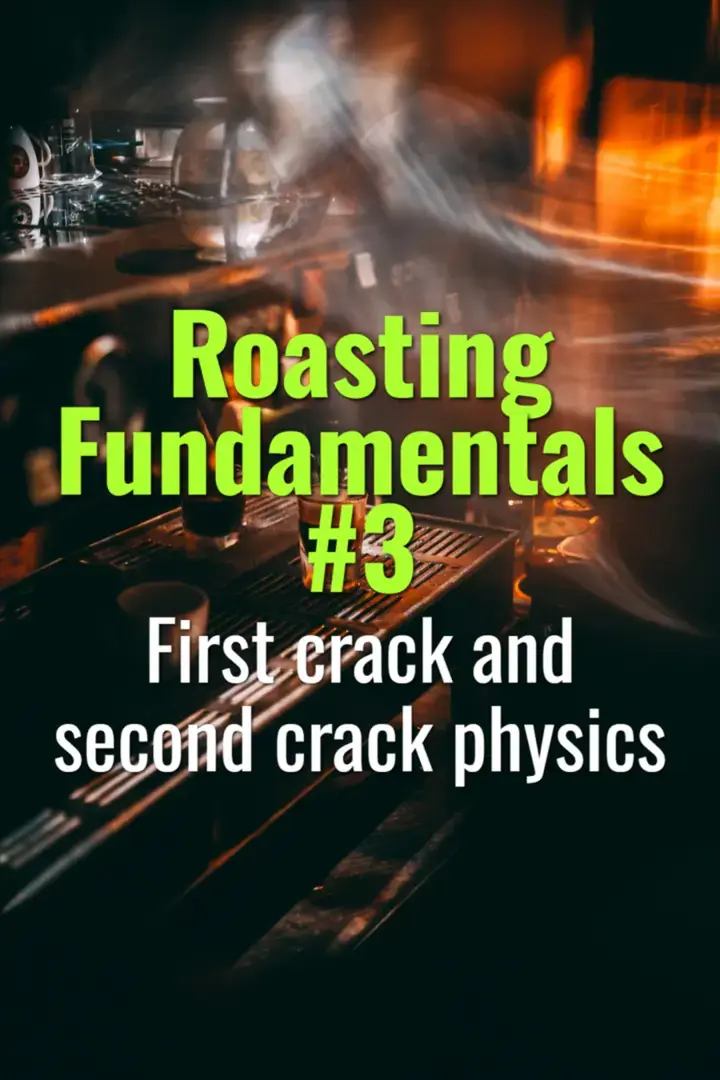
This topic explains the physics of first crack and second crack in coffee roasting, how they differ, and why they are critical indicators for roast development and flavor outcomes.
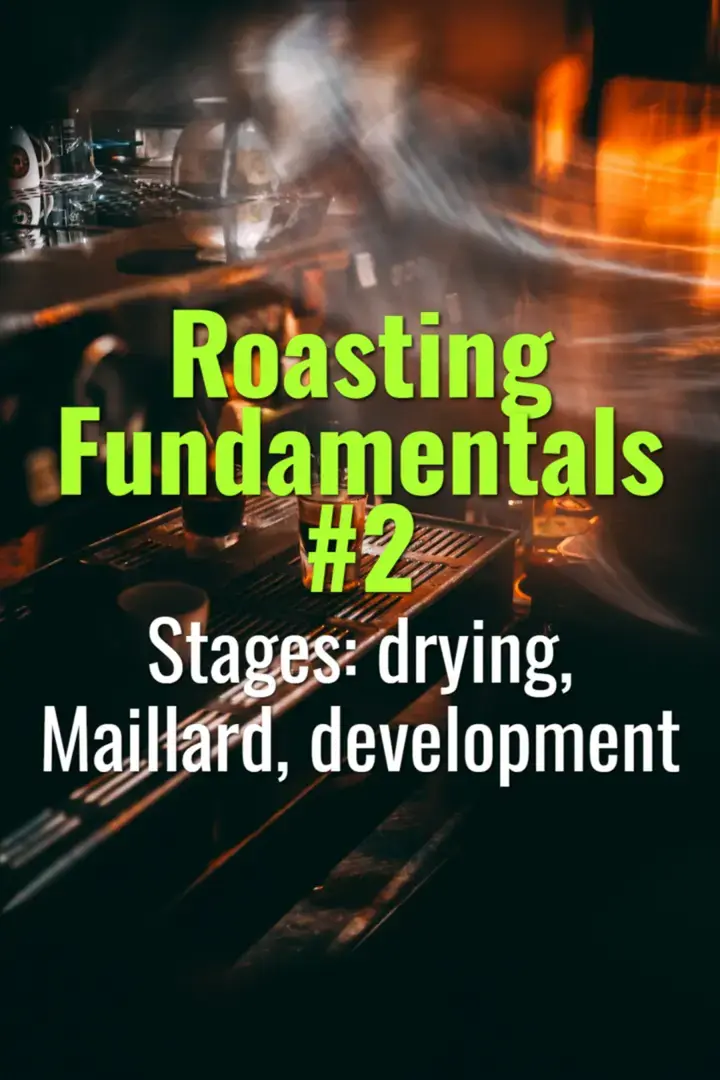
This topic explains the three key stages of coffee roasting—drying, Maillard, and development—what happens chemically and physically in each, and how they shape the final cup profile.
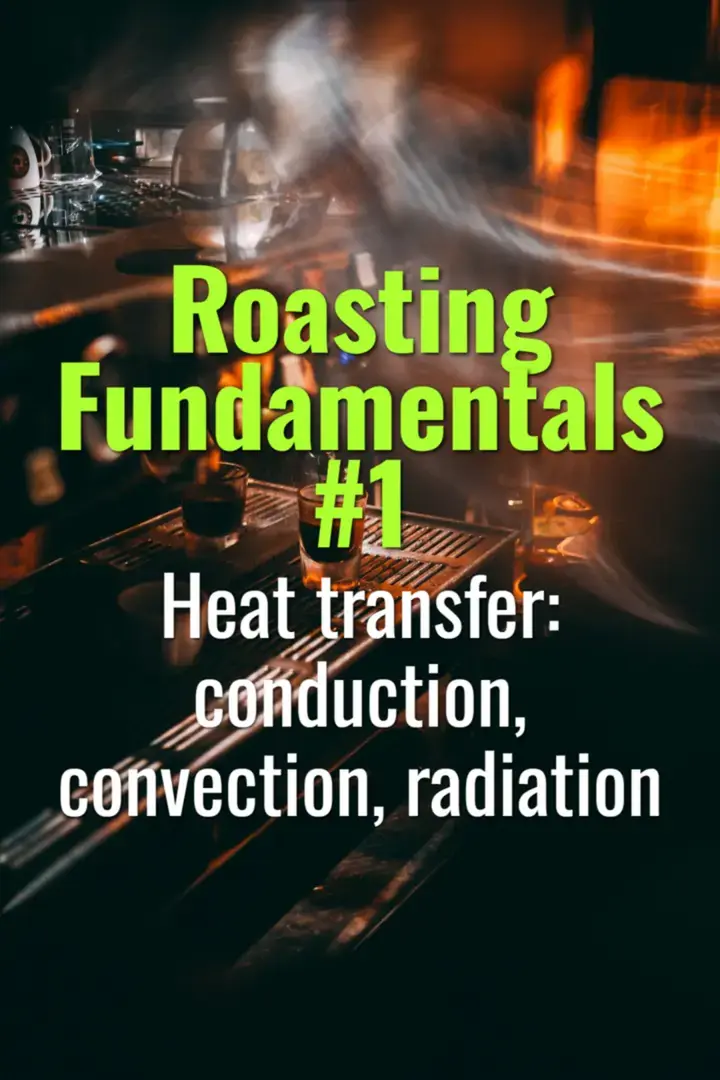
This topic explains the three mechanisms of heat transfer—conduction, convection, and radiation—in coffee roasting, how they interact, and their influence on bean development and flavor outcomes.